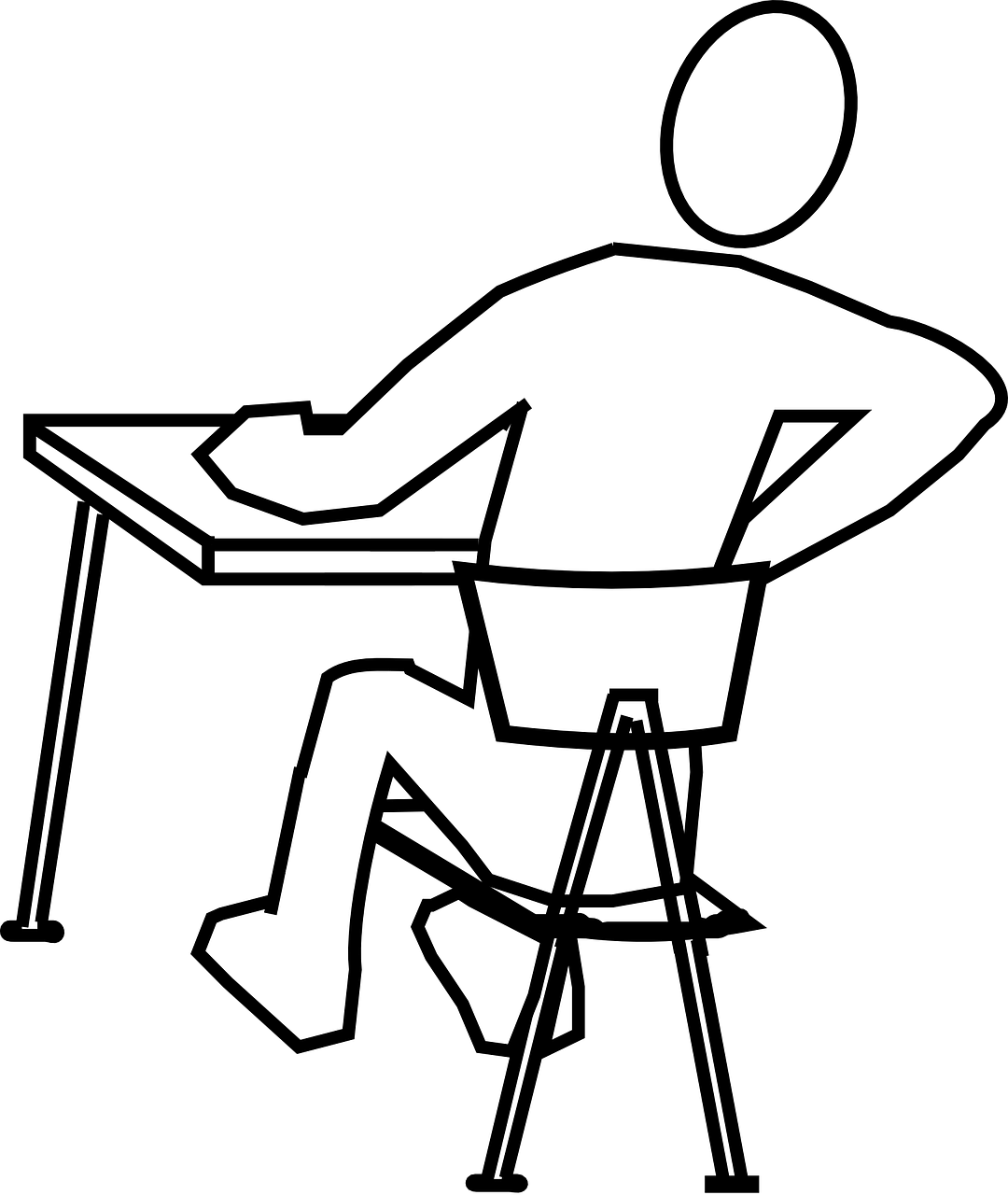If you spend much of your work day seated or standing at a desk and experience joint stiffness, muscle tightness, and general discomfort, you are not alone. Many patients that come to see us in the clinic experience these symptoms, particularly when holding static positions for extended periods of time throughout the day. These aches and pains can make it difficult to focus on your work. Even worse, they often hinder your efforts to be active throughout the rest of your day, making it difficult to tolerate regular exercise or enjoying free time with family and friends.
This problem is so pronounced that there is a whole sector of consumer products designed to help “alleviate pain from desk work,” including high end office chairs, sit to stand desks, devices that check your posture for you; however patients that come to us have tried these avenues and continue to report pain. Most of these cases can very likely be explained by one simple but consequential truth:
Our bodies need to move.
There’s really no way around it.
Standing at your desk instead of sitting may help you feel better, for a while. But inevitably you will start to feel some discomfort in your back, neck, or shoulders after standing still to work for hours at a time (alternating regularly between sitting and standing positions is likely to be much more helpful). Correcting your posture can help you feel better, for a while. But eventually the discomfort is likely to creep back in as your muscles that help you keep a “perfect posture” begin to fatigue. Supportive office chairs and ergonomic workstations can help limit undue stress on your joints and muscles, but they don’t stop you from feeling stiff and sore after a few hours of work in a sustained position.
So how can you add in some movement during your workday without decreasing your productivity? One of our favorite methods is using the 30/30 rule. Try setting a timer for 30 minutes and going back to work. When the timer goes off, take a 30 second break to change up your posture and let your joints and muscles move. Here are some of our favorite activities that work well for this 30/30 rule:
*click each exercise title for a helpful video demonstration
SCAPULAR RETRACTION WITH EXTERNAL ROTATION - Either seated or standing, squeeze the muscles between your shoulder blades together, drawing the shoulder blades together toward your spine. At the same time, keep your elbows bent to 90 degrees and pinned to your side, as you bring your hands outward as far as possible. You should feel a pleasant, productive stretch across your chest and at your shoulder joints. Hold for ~5 seconds and repeat.
CHIN TUCKS - Either seated, standing, or with your back resting on a wall, gently “slide” your head backward so it is more over your trunk as you draw your chin in toward your throat, giving yourself a lovely “double chin.” You should feel some tension at the muscles in front of your throat and a mild stretch to the back of your neck. Hold ~5 seconds and repeat.
CAT/COW - This one is most often done in an “all fours on the ground” position, but it can be done in seated (as in the video link) or in standing. Regardless of position, the aim is to gently tilt your pelvis and belly forward until you feel your back arching inward and producing a comfortable stretch. After ~5 seconds, gently reverse this posture by rolling your pelvis backward and sinking your belly button back into your body, which in turn should round your back and collapse your chest and shoulders inward. Again, move until you feel a comfortable stretch, ~5 second hold, then repeat.
JUST WALK! - One of the best things that you can do for your body to break up static positioning during work is to just stand up and walk around for a few moments. Try to gently “wiggle” any areas that feel stiff or tight, sway your hips, roll your shoulders, gently perform circles with your neck; just generally try to loosen up a bit before returning to your work!
These techniques can be very powerful in helping to avoid stiffness, tightness, and irritation from building up and compounding throughout the day, but it won’t solve every problem. Ergonomics are still important, adequate hydration and nutrition are a must, and getting regular exercise at least 4-5 times throughout your week is ideal in order to keep your body healthy and happy.
NEED MORE HELP?
If you have tried some of these techniques and continue to feel regular pain or limitation with your work throughout the day, you may benefit from more individualized care. Our physical therapists are available to meet with you to screen for any specific problems that may be impacting your function with work tasks and to do a thorough analysis of your posture, strength, and endurance. Using their knowledge of muscles and the skeletal system, they will identify sources of pain and limitation, and determine the correct treatment plan to achieve fast results. Contact us today to make an appointment, and start improving your pain and function so you can get back to work feeling more comfortable and confident!




